The Stars my Destination by Alfred Bester
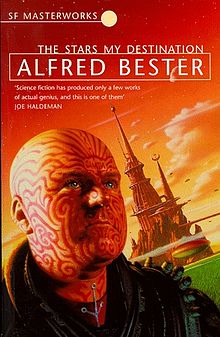
When Gulliver ‘Gully’ Foyle is first introduced he is adrift in a crippled spaceship and although he has been there for 6 months, ‘he is not quite dead’. He’s described as having lots of potential but is generally too lethargic to actually do anything. He is also, clearly, a mega survivor. Then a spaceship called Volga flies by and sees him. He rejoices thinking he is saved. But when the Volga ignores him and sails off we start to see some of that potential being realised because Gully Foyle becomes a transformed man. A raging, driven, unstoppable, mental bastard, to be precise. Foyle vows revenge on the Volga, fixes his spaceship enough to get it moving, and sets about destroying his enemies.
This is the start of a personal journey for him and he grows and develops into a more cultured and educated man. He is still a raging nutter though.
The Stars my Destination is essentially The Count of Monte Cristo in space. Gully Foyle has to be one of the most single minded anti-heroes of all time.
The joys of the book are in its inventiveness, ideas, and ultimately a sense of wonder. Some of the characters, scenes and events are a joy to read. While Gully Foyle isn’t particularly likeable, you can’t help admiring his sense of purpose – his willingness to utterly screw someone over if they stand between him and his goal.
My only criticism would be that the story feels a bit disjointed. It feels a bit episodic, which is understandable as this was how the book was originally released.
The Stars my Destination is a classic of the genre. Chock full of cool ideas from the start, it just gets better and better as the book continues and the ideas flow. If you are a fan of Science Fiction you have probably already read it. If not, you damn well should. Volga!
For the UK: The Stars My Destination (S.F. MASTERWORKS)
To buy in the US: The Stars My Destination

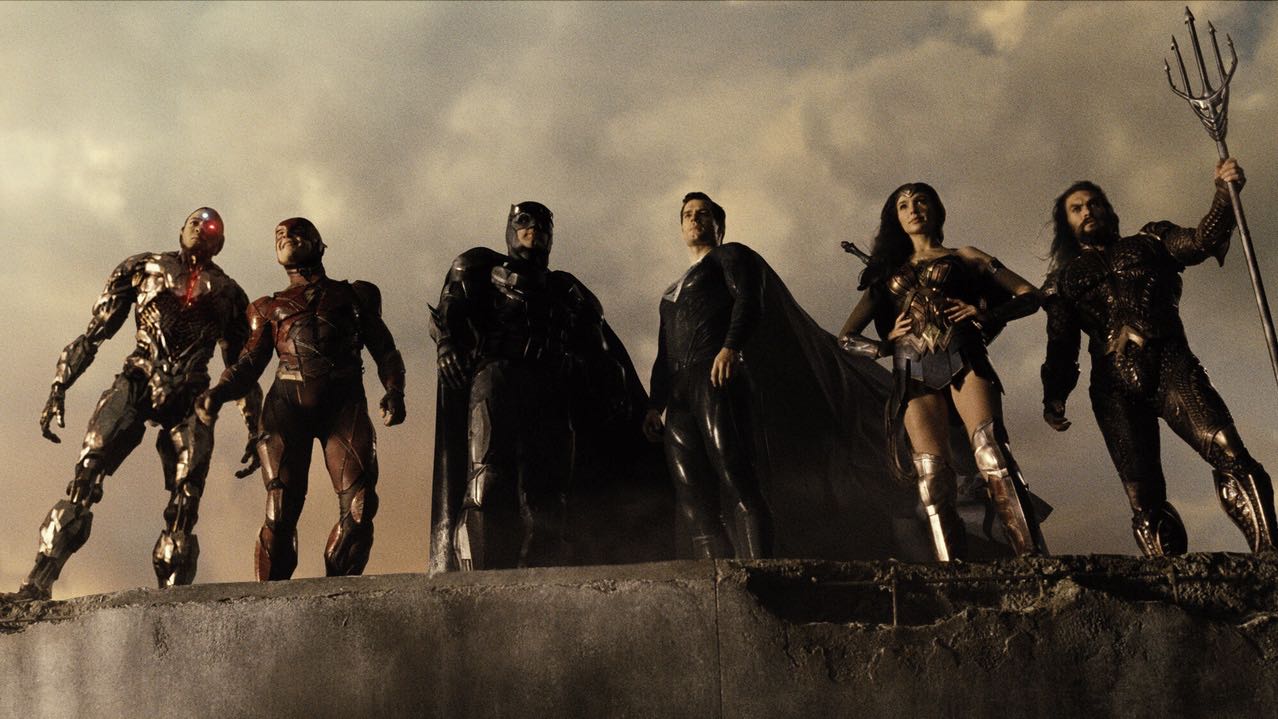



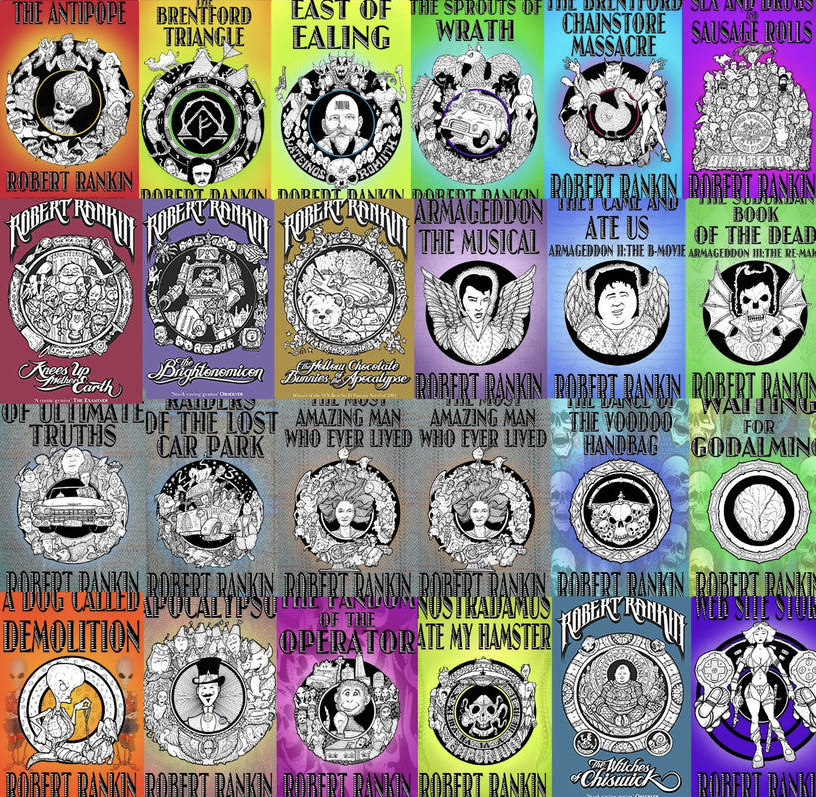
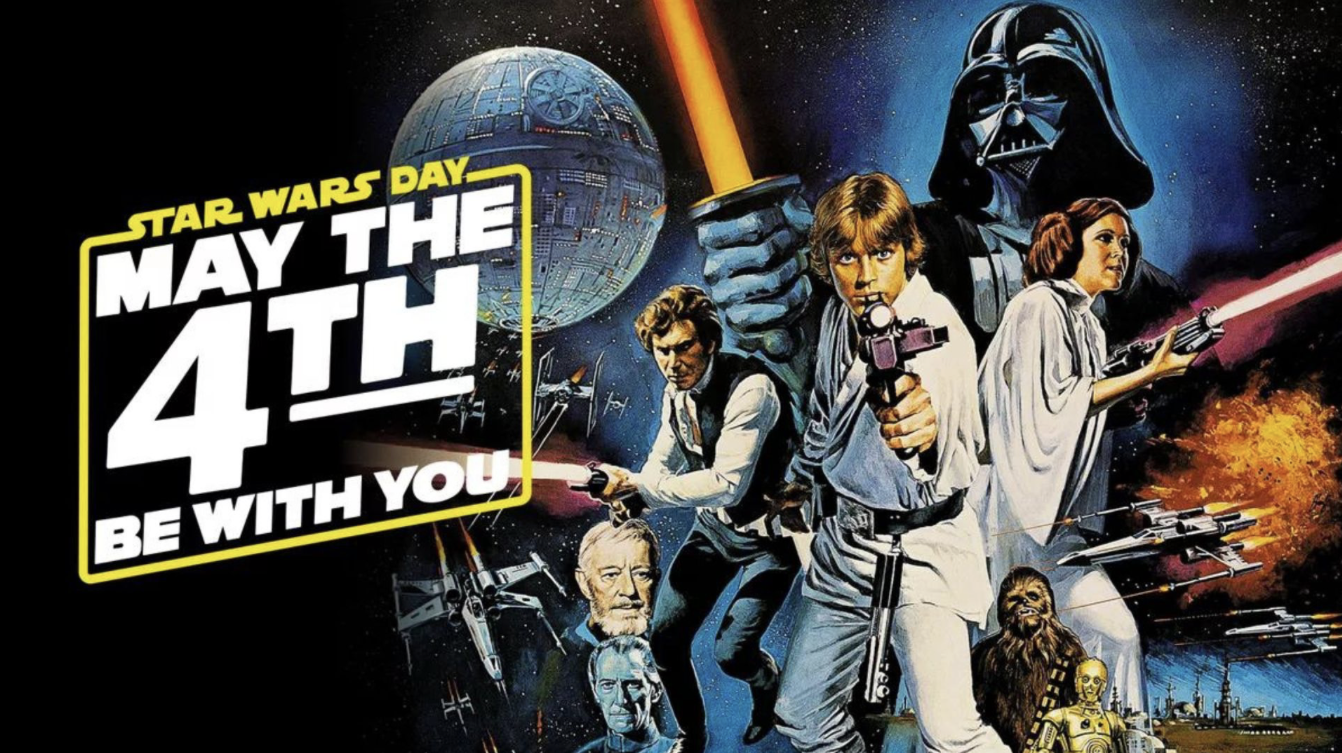
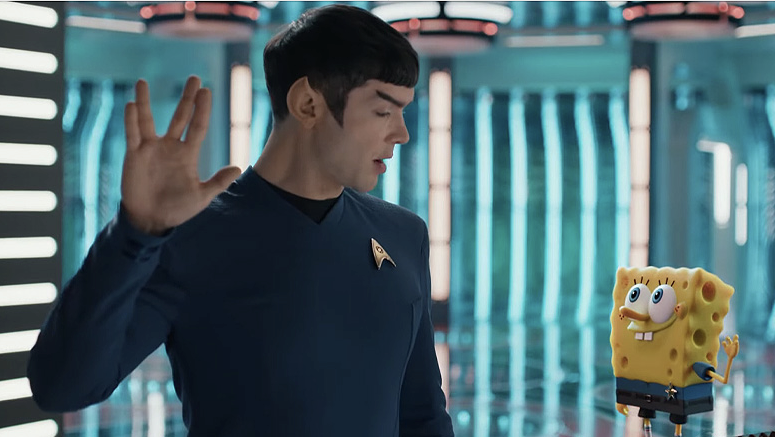
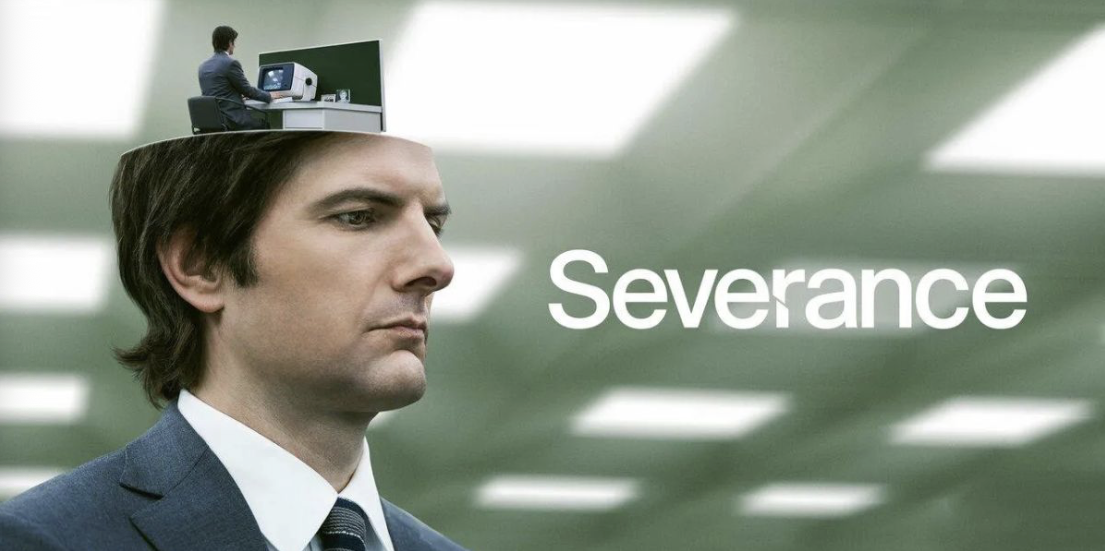
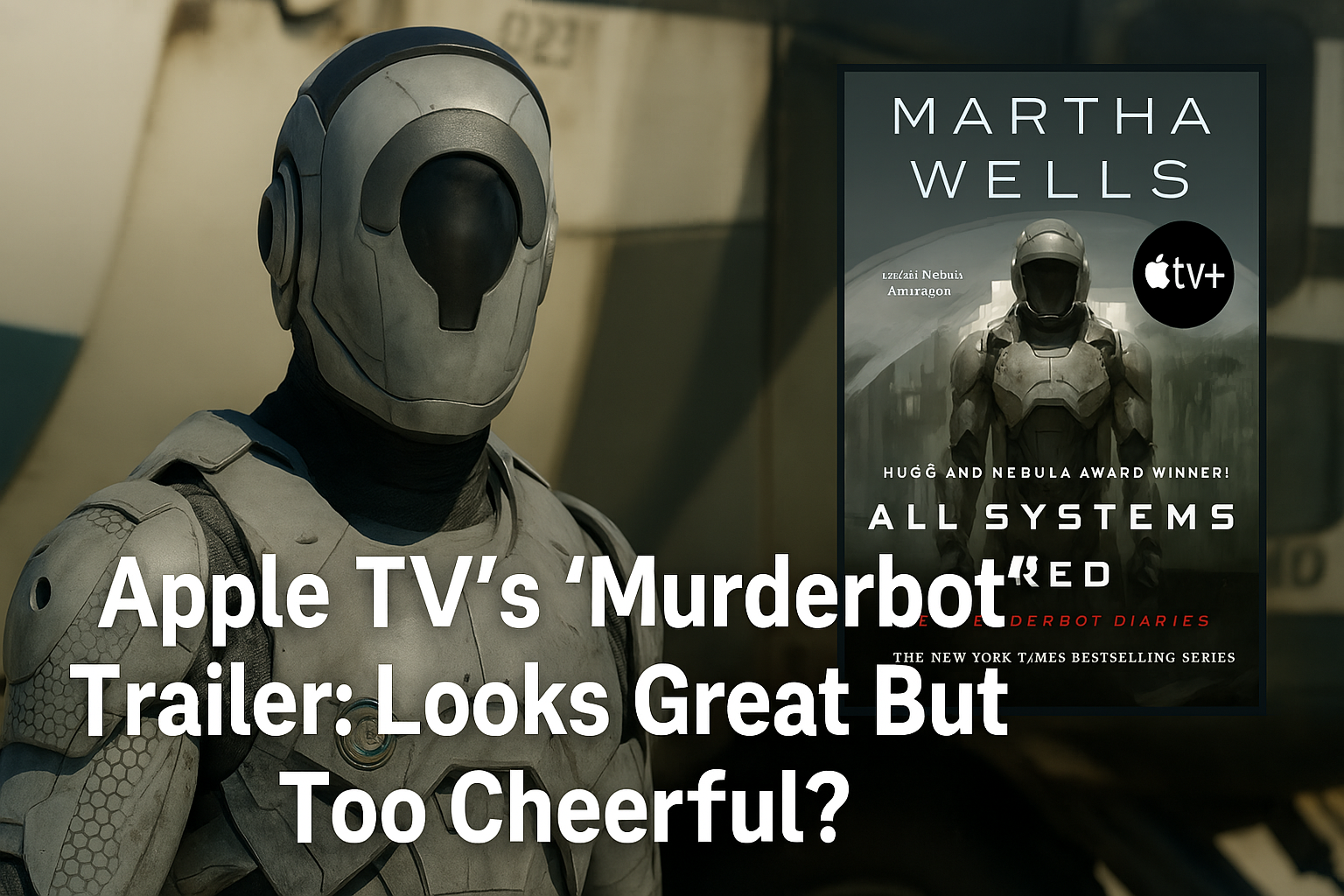

Review by Ryk E. Spoor for Rating: Capsule Description: Proto-Cyberpunkish dark future with some uuinqe twists, a flawed and driven protagonist, and gripping action. On my Top Ten list. Read it. Buy it. Buy two and give one to a friend. Review: Alfred Bester is generally recognized as one of the greatest writers of SF, especially on the strength of his plots and prose style. He made his reputation on short stories, but is best remembered for two novels: The Demolished Man and The Stars My Destination (sometimes known as Tiger! Tiger! in the UK). First published in 1956, The Stars My Destination anticipated many of the staples of the later cyberpunk movement the megacorporations as powerful as the governments, body and mind redesign to specs, the dark overall nature of the world, even the cybernetic enhancement of the body. To this it added the standard one wierd idea of SF that human beings could learn to teleport, or jaunte from point to point, with various personal limitations but one overall absolute limit: no one could bridge the gap between a planet and anywhere in outer space. On the surface of a planet, the jaunte ruled supreme; off of it, mankind was still restricted to machinery. In this future world extrapolated with convincing and sometimes frightening accuracy by Bester we are introduced to the protagonist, Gulliver ( Gully ) Foyle: He was one hundred and seventy days dying and not yet dead Foyle is a former nobody, a man who had lots of potential but never had to use it, completely lazy, doing the minimum he could to get by, who is suddenly marooned in space with no escape. Even this isn’t enough to motivate him beyond trying to find air and food on the wreck; he hasn’t learned enough to know it’s possible to FIND a way out of his situation. But he is galvanized to action when an apparent rescue ship deliberately passes him by.In a sense, The Stars My Destination is simply a SF rewrite of a far older classic, The Count of Monte Cristo. It’s the study of a capable, vengeance-driven man who escapes from an apparently impossible situation (twice, in Foyle’s case) and returns as an utterly different man to wreak the vengeance that he was denied under his old name. Unlike many other Monte Cristo homages, however, Bester’s is written with language fully as evocative as the original’s, and with added intricate plot threads that make Gully Foyle’s odyssey uuinqe.I cannot find sufficiently enthusiastic ways to recommend this book. It is one of the best, shining examples of what science fiction can be, in many ways. Read it.